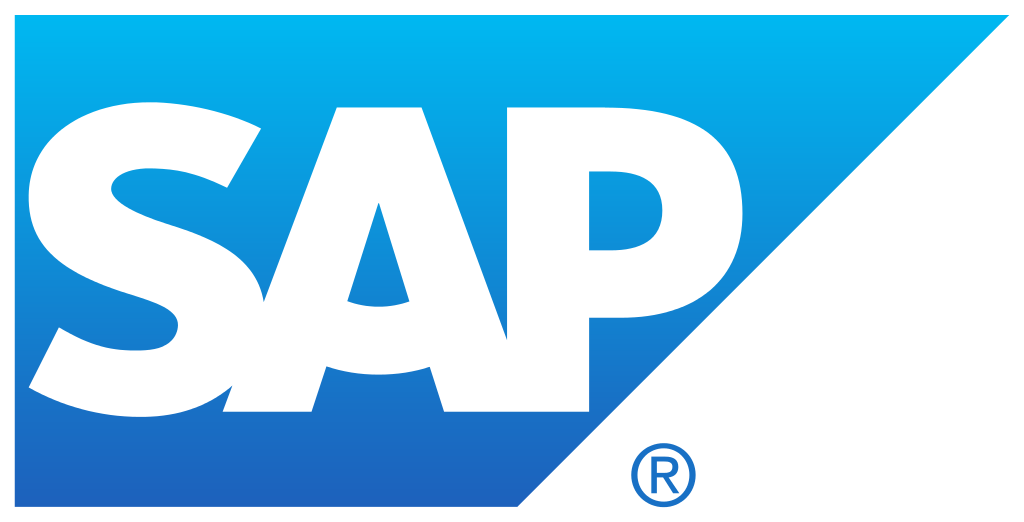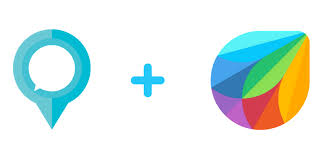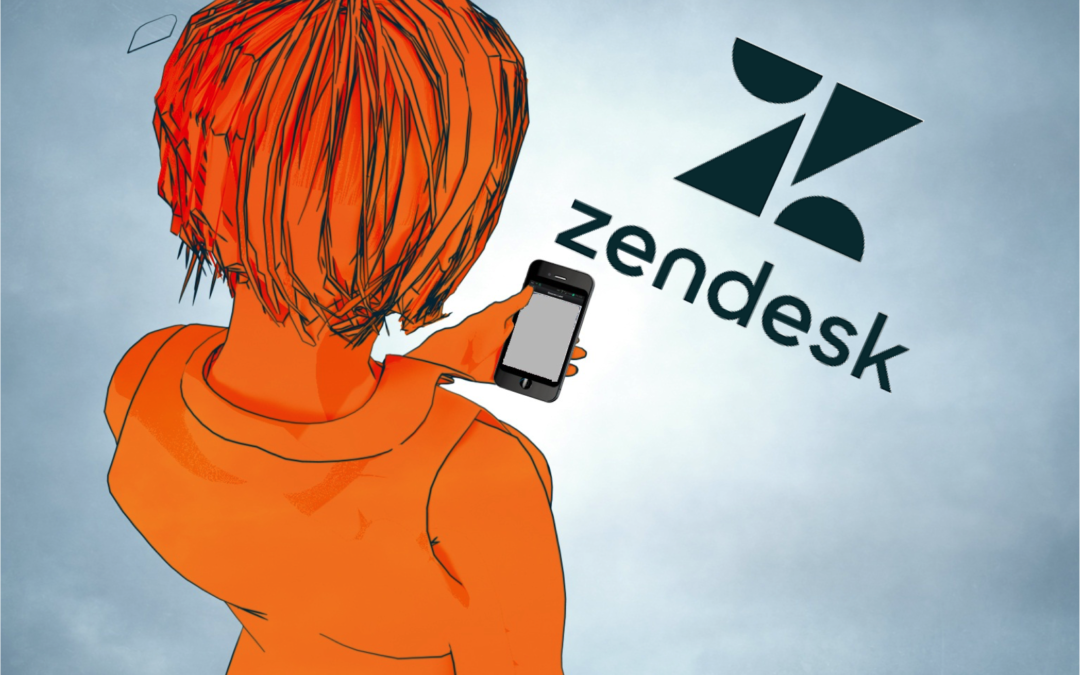
by twieberneit | Jun 7, 2018 | Analysis, Blog |
SAPPHIRE 2018. In an Orlando convention center, far away from Walldorf SAP holds its annual conference, boldly going where no one has gone before. But enough of this poor allegation to Star Trek although it reasonably sets the tone. The first two days gave a deep view into the company strategy. Condensed into two press releases the company laid out its vision of the future of CRM and intelligent enterprises. And, doing so, shot a few broadsides at the competition, especially Salesforce. The News “The legacy CRM systems are all about sales; SAP C/4HANA is all about the consumer … when you connect all SAP applications together in an intelligent cloud suite, the demand chain directly fuels the behaviors of the supply chain” said SAP CEO Bill McDermott. SAP intends to achieve this link of front- and back office by fully integrating an augmented suite of solutions that base on the SAP Hybris Cloud solutions into the digital core, the transactional back end. This integration is done via the SAP Cloud Platform. Additionally, it is fusing the new high profile acquisitions Gigya and CallidusCloud into the solution. C/4HANA; source SAP The Customer Data Cloud is what has been Gigya. This model, as well as S/4HANA, will be supported by the SAP HANA Data Management Suite, which is essentially a beefed up Master Data Management Solution around the SAP Data Hub. The second press release is about AI, IaaS, and more AI. SAP starts to talk more about conversational AI and Leonardo, as well as blockchain get more to the forefront. Mostly on the back end. The bigger Picture The...

by twieberneit | Aug 11, 2017 | Blog |
A few weeks ago I wrote an article about customer service in a world of ambient computing. This article looked at customer service from a customer’s point of view. In it I described how I see customer service getting humanized again by leveraging the advances in AI technologies like Natural Language Processing, speech-to-text- and text-to-speech generation along with intent determination. Leveraging these technologies customer service will turn into a conversation and it won’t matter anymore whether service is delivered by a bot or by a human. For the customer it will all appear to be the same. Instead of FAQs or web searches, bots will be the first line of support and escalate a problem to humans if they cannot solve it on their own. The obvious question is whether there will be an impact on the customer service center? And it probably does. Call centers, and with it the service agents as well as their managers, already now are under intense pressure to deliver, and to deliver more efficiently. With the increasing use of call deflection technologies like FAQs and communities there is a trend for the incidents facing the agents becoming more challenging. For example Helpshift states that already with its technology it is able to deflect about 90% of all incidents, which are solved via the native in-app FAQ that is delivered by the them. This statement basically says that the support staff is basically relieved of dealing with simple matters but has the chance to take up the more challenging ones. Still, in a world of ambient computing any given app can have hundreds of...

by twieberneit | Jul 25, 2017 | Analysis, Blog |
A few days ago Freshworks announced the acquisition of startup Joe Hukum, making it its eighth acquisition. Joe Hukum builds a chatbot platform that enables companies to quickly build their own chatbots for sales-, service-, or marketing purposes. In contrast to the technologies built by Frilp (acquired October, 2015) and Chatimity (acquired October, 2016) that rely on NLP (Natural Language Processing, as opposed to Neuro-Linguistic Programming) technologies, these bots are built using a Decision Tree technology. In order to be able to provide more advanced speech recognition they can connect to services of the Stanford Natural Language Processing Group, wit.ai, or api.ai. The created bots can be connected to websites, apps, or Facebook. The press release got published on July 20, 2017, but you can read it right here, before moving on to My Take. Freshworks acquires chatbot platform startup, Joe Hukum Company enhances capabilities to help businesses build and deploy bots San Bruno, July 2017 — Freshworks, the leading provider of cloud-based business software, today announced the acquisition of Joe Hukum, a platform that enables businesses to build their own chatbots based on logical workflows. This acquisition marks Freshworks’ eighth in just under two years, as it further bolsters capabilities to strengthen its business software suite. Freshworks had earlier acquired Chatimity and Frilp, key acquisitions that are enhancing neuro-linguistic programming (NLP) based Artificial Intelligence capabilities, while Joe Hukum’s decision tree based frameworks complete key capabilities to launch chatbot-powered solutions. Joe Hukum was founded in July 2015 by Arihant Jain, Ajeet Kushwaha, and Rahul Agarwal, who were the founding team behind two of India’s most prominent...

by twieberneit | Jul 11, 2017 | Blog |
Soon there will be an additional in-app customer service channel. So far we have a bunch of service channels, most of them requiring the user to leave the app to Pick up the phone for a call Browse for self support Open up an additional chat window Take on the social media channels Move on to messenger applications How about getting into your car to get to a store? … And then a customer may be moving back and forth between these channels with all the potential of losing track of the incident status and the friction that cross channel customer service still causes. There is no doubt that providing in-app support is the best possibility to offer fast issue resolution. It can provide telemetry information from within the app, identify the user and therefore provides a lot of relevant context that makes it easier for a service agent to help the customer without unnecessary delays. The customers’ shift to emphasize on the “Now” is also seen by Google research. Not Every Device is a Smartphone But what if the customer cannot pick up the phone to engage in a typed conversation? The customer might be engaged in a VR game, or driving a car, or in any number of situations without having a free hand. Maybe the customer simply doesn’t want to pick up a phone? What if the app doesn’t offer a user interface at all beyond a little light that indicates ‘I am available’? This would e.g. be the situation in an ambient environment that senses the presence of a person and acts accordingly. An environment...

by twieberneit | Jul 4, 2017 | Analysis, Blog |
Mid of April I published an article about the mobile in-app support landscape that, amongst other players, touched on Zendesk. In this article I stated: “Zendesk is not a mobile native. Their chat widget integrates into web pages and the company does not offer in-app chat. Instead the company offers solutions that hook into existing messaging apps like Facebook Messenger or Whatsapp.” This statement was based upon research that I did in the first half of the month with Zendesk publishing their Fabric based in-app support kit on April 19 of the same month. So, maybe I should have posted this article a little later, but good on Zendesk for getting on with mobile in app support. They had, as well as many other bigger vendors in the customer service and call center arena still have, a wide open flank here that gets covered by specialist vendors like Helpshift, Intercom, or LivePerson, or suite vendors like Freshworks. Zendesk, a Mobile Native or Not? I say that, although I maybe did them wrong by stating that they don’t do in-app FAQs – although I do not believe so, as the help center content seems to be delivered from the server and needs an online connection. Still I maintain that they are not a native player. I will explain my reasoning a little later, after summarizing what I got out of talks with Douglas Hanna and, more recently, Greg Dreyfus from Zendesk. As per now Zendesk offers two different SDKs for mobile. The support SDK and the Chat SDK (both links go to the iOS version, there are Android versions, too)....






